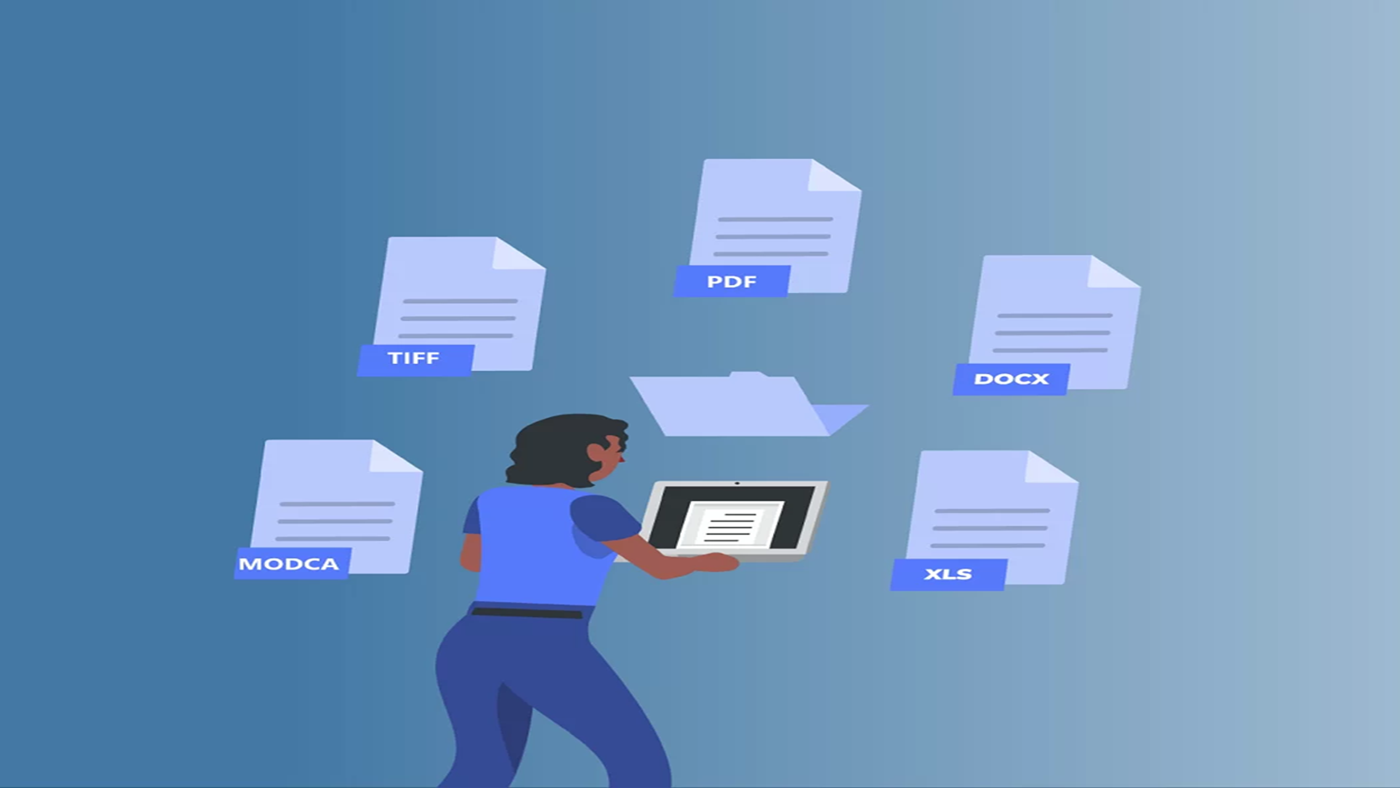Our products and solutions support viewing vast number of documents and images. We are updating our library on a continuous basis with the new file formats as per the needs of the industries. Listed below are the most common file formats that our products support. If the file format that you are looking for is not listed below, please email us or contact us.
Try eViewer for free today
